In May of this year, @BrodyLeven was invited to join a team of accomplished mountaineers, skiers, snowboarders and adventurers in attempt to ascend and descend the tallest peak in North America: Denali. There were no sponsors involved, no guides, just a group of like-minded people taking an extraordinary vacation to Alaska. We caught up with Brody to talk about his experience and the new friends he made along the way.
Q&A:
You’re back in Salt Lake City as I understand it, what’re you up to?
I got back a week ago, and it’s really my first time back since spring started. I’ve been having fun getting back to the sweeter things. I’ve been doing a lot of work, trying to get caught up… I try not to make it so I ski for six months and then tell stories for six months. I want to keep it pretty real-time, but since I’ve been gone so much I’ve had to go back and write a lot of stories from this winter, spring and the beginning of summer. So, I’ve been doing a lot of writing, which I like.
As you said in our last chat, you left for Anchorage the morning of June 6 and then you were going to head to Talkeetna for an orientation with the park service. What did that entail?
We spent a couple of days in Anchorage arranging everything because it was vacation for the whole team and not some big, sponsored, guided expedition. We had a lot of last minute stuff to tie up once we got to Anchorage: We had to figure out all of our cooking, camping and group gear in addition to food. Because of that we definitely had to spend some time in Anchorage getting everything sorted.
In Talkeetna, we had an orientation with the park service, which was awesome. They teach you about clean mountain practices and how to keep Denali as pristine as it is, in addition to some safety stuff for the mountain. They teach you how to go to the bathroom on the mountain, how to dispose of your food and trash and that kind of stuff.
When did you fly up to the glacier?
We flew into the glacier on the evening of June 8. It’s interesting because of that perpetual daylight in the summer, we actually didn’t fly onto the glacier until like 8:00 p.m. We landed on the glacier around 9:00. You get there, and by the time you have all of your gear dialed—you have your duffel attached to your sled—you figure out how you’re going to pull the sled because everyone does that their own way. By the time you’re done with all of that, it’s late, and we didn’t actually start skinning until around midnight. Then we skinned across the lower glacier to the 7,200-foot camp and we got there at, like, 6:00 a.m. It was so crazy to ski all night like that, no one had slept, even the night before we had only got two hours each because everyone was packing up their duffels. It was crazy to ski all night having not slept.
Take me through the journey up to base camp at 14,600 feet.
Five days after landing on the glacier, we cruised into our 14 camp, at 14,200 feet. We only traveled at night between our base camp and 14 camp, so we went through this weird sleeping pattern and we were also ferrying loads. We would take a load up and then ski back down and then camp again and take another load up. That required a lot of logistics because we would have to determine, ‘OK, if we’re going to spend another night here at this camp, but we need to take some stuff up, that means that we need all of our gear and food for one night to be left down here, but other stuff has to go up.’
Talk about the equipment you and the rest of the team brought.
The air taxi allows something like 125 lbs of gear per person, and I think we ended up with 117 lbs per person on average, so we had approximately 1,700 lbs of gear to haul across 12 horizontal miles and 7,000 vertical feet, which was obviously sweet. So, that’s what took five days—because a lot of the pitches from base camp to 14 camp, you can’t carry that much gear up. You have to do these double loads, that’s why we ferried. We went from our landing strip to 7,200 feet in one night and then we went from 7,200 to the top of what’s called “Ski Hill” the next day, and came back down and slept at 7,200. Then, we carried another load to the top of Ski Hill, gathered the stuff that we had cached, and buried it in the snow.
Now, we had all of our stuff and we took that to the top of Ski Hill at 11 camp, slept at 11 camp and then spent two days shuttling at what’s called “Windy Corner,” at 13,200 feet. We cached stuff there, and [as it turns out] the ravens on Denali are really, really smart. They know where people cache food and they’re actually able to burrow through snow and ice into duffel bags. If they hit one of our bags, they’re actually able to open the zippers and steal food out. All of our caches actually took hours and hours to both put in and dig out because you had to bury them so deep and protect them so well. The day after we did our second run to Windy Corner, we cruised past our cache, went to 14 camp and the next morning we went down and got our cache.
So, this is maybe day number six, we wake up in the morning at 14, go down, get our cache at 13 and head back up to 14. We rest because that was hard, and we finish making camp and then Jeremy [Jones] is like, “Hey, Brody, want to go up for a ski and go acclimatize?” We haven’t had a rest day yet and I’m like, “It’s Jeremy Jones, yeah I’d love to go do that with you.” He and I, and Robin Hill, another snowboarder, climbed up to 17,200 feet and skied the “Rescue Gully.” That comes down from the camp at 17,000, and it was awesome. Having not skied downhill really at all yet and then to get a really gnarly couloir with Jeremy and my best friend Robin was pretty sick. That was the highest either of them had ever been, and everyone did really well. We skied down this Rescue Gully and it was so hairy. It was a narrow couloir, and there were two runnels going down it that took up the width of the entire couloir. It was like two halfpipes next to each other, with a little ice spine in the middle. This is super steep, blue ice, so your options are either to ski in one of the runnels and have your skis flexing like a U, or to jump turn, slash this ice divider between the runnels and ski this ice spine. Very few people skied Rescue Gully this year because the conditions were so tough and we were fortunate to get it on a day that we deemed it safe to ski.
What’s the process of acclimatization on Denali?
The altitude on Denali is kind of thrown off because of the latitude that it’s at: the altitude feels much higher than the number tells you. What they say is that 20,000 feet on Denali is equivalent to 24,000 feet in the Himalaya. You work your way up the lower glacier and it’s lower altitude—between 7,000 and 14,000 feet, but it really tires you out. You have so much weight and it feels higher than that, so it is exhausting. By the time you get to 14 camp, you are pretty acclimatized because you’ve spent five days working your way up there. But above, it’s hard to acclimatize and it’s high altitude, it’s tough. My acclimatization process was a bit different than the majority of the team. Robin, Jeremy and I went to 17,000 feet right away and skied down, then we took one rest day, which was truly our first rest day on day number seven. Then, the early morning of day number eight, Robin, Jeremy, Conrad and I went to the summit.
Take me through the day the team summited.
The summit period for people is typically 15 to 20 days into their expedition and Jeremy, Robin, Conrad and I were going on day number eight, only having spent a half hour at 17,000 feet—that was our acclimatization process. The night before, we decided we were going to go for the “Orient Express,” which I think had been skied once this year. It’s typically the big ski line on the west side of Denali, but this year the conditions were heinous and people were not climbing or skiing it. If we wanted to ski it, we needed to climb it in order to see the conditions. We got up at, like, four in the morning and started climbing around five—just the four of us while the rest of the team rested.
You climb about 1,000 feet to the initial bergschrund on the Orient Express and then you get into the gnar on the Orient Express. Above the bergschrund, it’s maybe a 4,000 foot face climb—a steep face—where if there were good conditions, it would just be a good snow climb, and if it was bad conditions, it would be a mellow ice climb. We kind of hit right in the middle and it was perfect neve, like perfect Styrofoam. Your ice axes stick really well and your crampons stick really well, and it’s definitely not the best ski conditions, but a lot of times it foreshadows really good ski conditions. It is excellent climbing. We lucked out with the climbing conditions and we just cruised up the bulk of the Orient Express, which is just this steep face where you don’t want to stop, because when you stop, you’ll probably want to be roped up or be on some kind of anchor because it is steep and there is absolutely no rest, it is just relentless for at least 3,000 feet. Then we took a break at around 18,000 feet, our first break of the day. We brewed some water and we met another guy on the route who had just summited Everest less than two weeks prior. He decided to climb the remainder of the route with us and his partner.
From left to right: Brody Leven, Robin Hill, Conrad Anker and Jeremy Jones on the summit.
From 18,000 to 19,000 feet I slowed down drastically. I wasn’t super tired but I really started to feel the altitude a bit more. At around 19,200 feet we joined the standard route called the “West Buttress,” because the Orient Express couloir starts at 19,200 feet. We crossed what’s called the “Football Field,” which is at about 19,500 feet, which is just a huge field right below the summit pyramid. The summit pyramid is called “Pig Hill,” it’s about 800 vertical feet and I have never moved slower in my life. I was just dragging. I was kind of starting to just trip out a bit. My head was just spacey as an effect of the altitude. I’ve definitely exerted myself harder in my life but not at that altitude. By that time, Conrad and Jeremy had pulled away from Robin and I, and they topped out a little bit before us. We joined them on the summit and being the good guys they are, they celebrated as if we had all summited together. That day, June 16, was Father’s Day and my dad’s birthday and I haven’t seen my dad since Christmas. I was able to call home, Ohio, and wish my dad happy birthday from a satellite phone from 20,300 feet. He was stoked. We really lucked out with the conditions: the weather really cooperated, we summited in just our base layers and softshell pants. If I could’ve had shorts and a tank top I would’ve summited in that, and flip-flops. It was hot.
What was it like coming down?
We spent maybe a half hour on the summit, it was perfectly still, perfectly clear and we decided to drop. Before we decided to ski off the summit, Robin and Conrad decided that they weren’t as keen on the conditions in the Orient, and they were going to ski the West Buttress to the Rescue Gully. Jeremy and I decided that the Orient seemed feasible for us and we decided to ski our ascent route. I felt totally fine on the summit, Robin felt totally fine on the summit, Conrad and Jeremy felt totally fine. I put my skis on right next to the USGS marker on the top, I put them on at the very top. I made like three turns and all of a sudden this headache set in that didn’t end up relenting until I had descended all of the way to 14 camp. Between 20,000 feet and 14,000 feet, I had an absolutely splitter headache that had my head between my knees cringing in pain every time I stopped to leap frog down the couloir with Jeremy. I knew that the best thing for me to do was to descend, and I was fortunate enough to be on skis and fortunate enough to be able to ski the Orient quickly enough to get me down safely and get rid of that headache.
[Backtracking to our drop off the top,] Jeremy and I skied off the summit and separated with Conrad and Robin, and we went and found the entrance to the Orient Express. Jeremy is so good at that stuff, he rides so competently and he made sure that we were at the entrance of the right couloir and he was really tentative with his first turns. The couloir is kind of make or break in the sense that it rolls over into it—it’s kind of a blind rollover—and then all of a sudden you’re in a steep couloir. The snow conditions above the rollover might not necessarily dictate the snow conditions after the rollover. We did our best job with evaluation the snow conditions, and we did this rollover and we found it was icy chalk, not the kind of chalk that throws up a big spray, but the kind of chalk where you can still get your edge in if you really try. It was edgeable ice, and we were able to descend it safely and quickly and it was so much fun.
We kind of rode this edgeable ice, leap frogging down the couloir, and we would check on each other every time we stopped. Jeremy was really nice with understanding that I had a headache and I wanted to get down. We crossed the bergschrund at a point where we had “wanded.” You carry these big bamboo tomato stake wands to mark features of the route, especially if you’re climbing a route that isn’t frequently climbed and we marked the bergschrund where we needed to cross it at the safest spot. We jumped the bergschrund right there, and it went really smoothly and then we skied probably the most difficult mashed potato snow I’ve ever skied in my life back to camp. From the bergschrund to camp, which is maybe 1,500 vertical feet, I struggled so badly to prevent both of my ACLs from tearing. The snow would take each of your skis and do whatever the heck it wanted to do with each ski. It would just take them and put them in completely opposite directions because it was so warm down low. I really struggled to keep my feet together and to ski safely back into camp, where I stopped by the medical tent real’ quickly to make sure they thought I was cool. They said I was totally fine, and I went over to my camp and got a bunch of high fives from my friends.
Take me through what you felt when it was all said and done.
Having summited only eight days into the expedition, I could definitely take a sigh of relief as far as, ‘OK, I know that I’m not going to get some irrational inclination to summit under poor circumstances. I have summited now, I can enjoy vacation.’ Now, I’m able to support the rest of my team in their summit attempts, which was a really nice thing to be able to do. Rob, Jeremy, Conrad and I thought that if we go up for a summit attempt with the whole team, and one person needs to turn around, we can be the person that turns around with them. For the next two weeks that we were still on the glacier, I was able to do stuff like head up early and set up a little camp—tent and a stove—at 17,000 feet for the rest of the team to use to relax and rejuvenate when they reached that point.
Talk about the members of the team.
Some of my real distinct memories were definitely interactions with these people that I’ve looked up to for so long. For example, I am a writer, and I would be on a rope team with Jon Krakauer, [author of Into Thin Air], right behind me. I would be able to talk about his entrance into the world of writing.
Jeremy Jones invited me to summit Denali with him, and Conrad Anker invited me to be on his Denali expedition. These things were huge honors to me but they also gave me a sense of purpose on this expedition.
I realized what a good learning experience this could be for me, and it ended up being that good of a learning experience. This was not a strict, guided expedition. This wasn’t a mentored expedition, but what these really experienced people may or may not realize is that they’re mentoring and teaching us less experienced people.
I’m assuming you were one of the younger members of the team. What was that like?
I was probably average age. It was split between adults and young adults, like my age. The oldest was 59 and the youngest was 20, so I kind of fall right in the middle, being 25. I did everything I could to absorb as much knowledge from everyone on the team as possible, because even the young members of the team have something to teach you in the mountains. I wanted to take away something from everyone on the trip, and I think I managed to do that. I walked away with a greatly improved skill set as well as a vastly changed network of fellow athletes.
What’s next for Brody Leven?
I’m trying to decide where to go in August. Right now, I’m just writing stories, but I want to go on a big trip in August and then September and October. I’m pretty sure it will be South America. I just can’t stop skiing. This summer will be a lot of climbing and trail running. While I’m here [in SLC] I’m filming a trail running video, and I’m going to film a mountain biking video, and I’m still in the mountains every day, whether or not I’m sitting in front of my computer all morning or not.
For photos, stories and other Denali content, be sure to follow some of the team members via their Instagram feeds:
Brody Leven – @brodyleven, brodyleven.com
Max Low – @maxwellsilver
Jeremy Jones – @jonessnowboards
Conrad Anker – @conradclimber
Jon Krakauer – @krakauernotwriting
KT Miller – @ktmillerphoto
Ryan Hudson – @rhudsonsb
Kalen Caughy – @voke_tab
Robin Hill – @robinhill0210
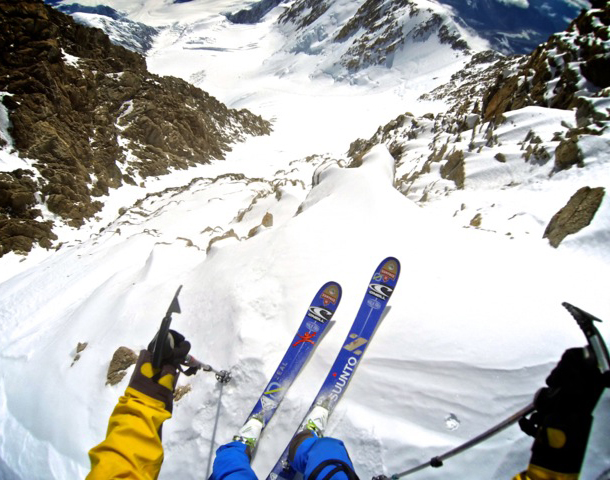
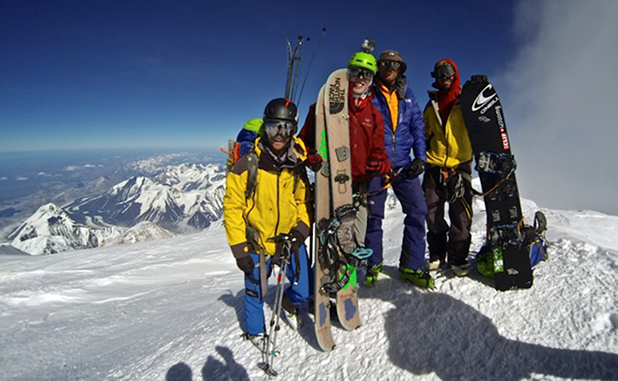
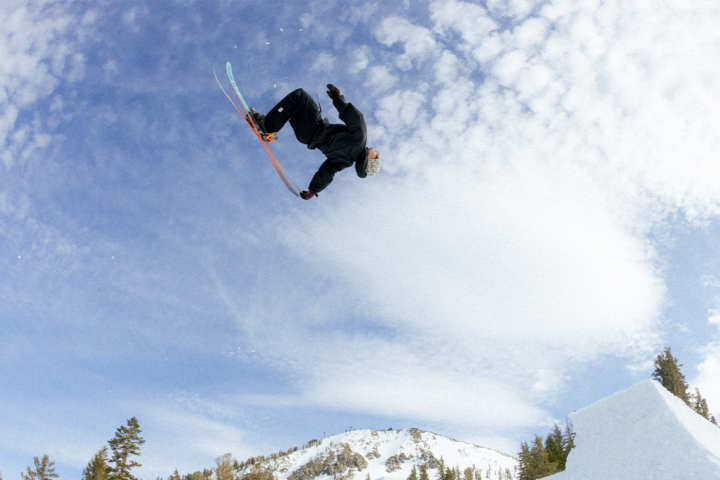
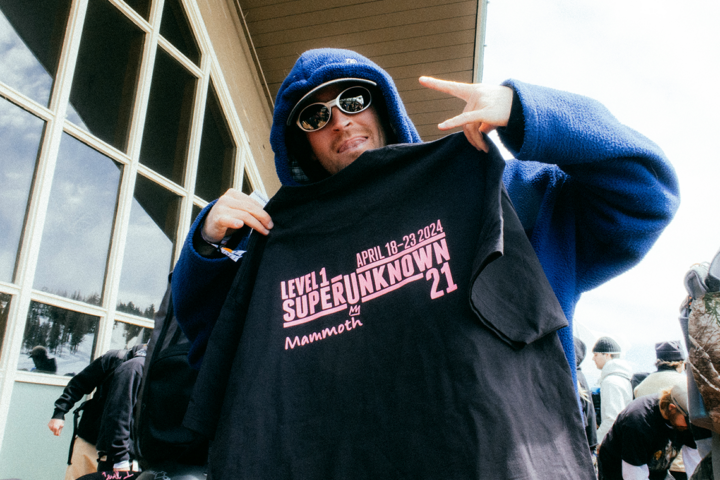
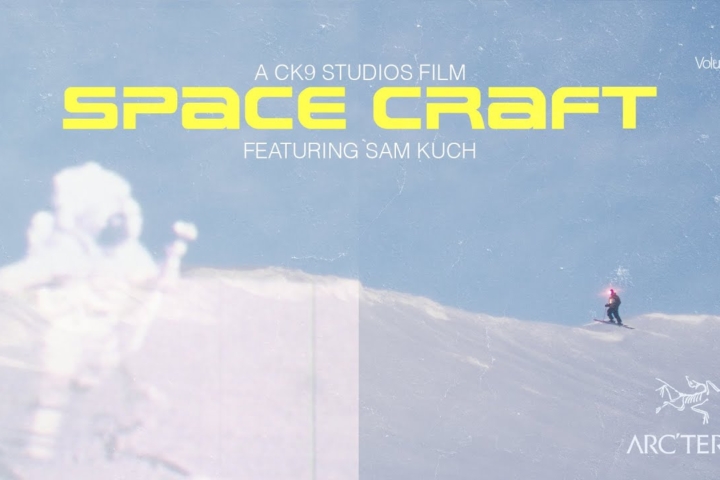

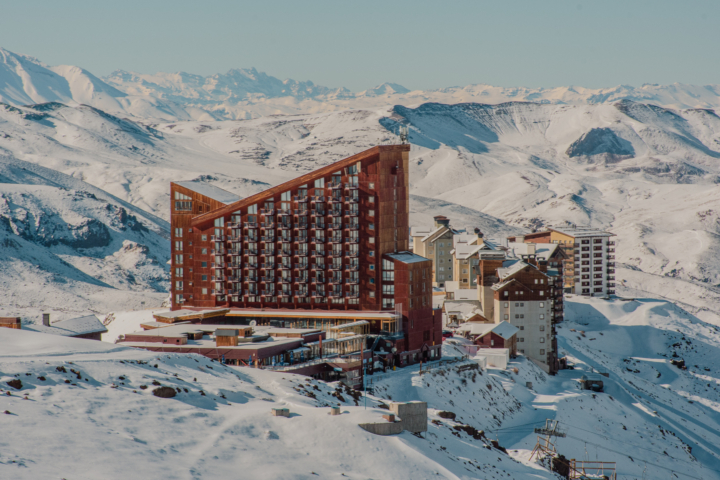


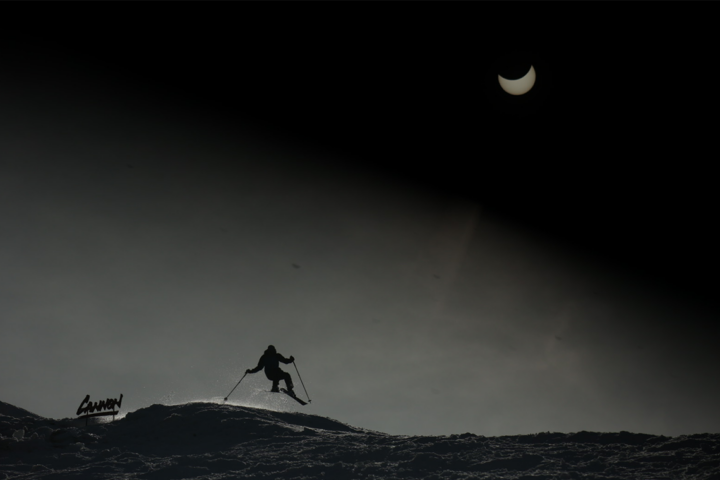

2 thoughts on “Brody Leven takes us through his “vacation” summiting and skiing Denali”
Comments are closed.